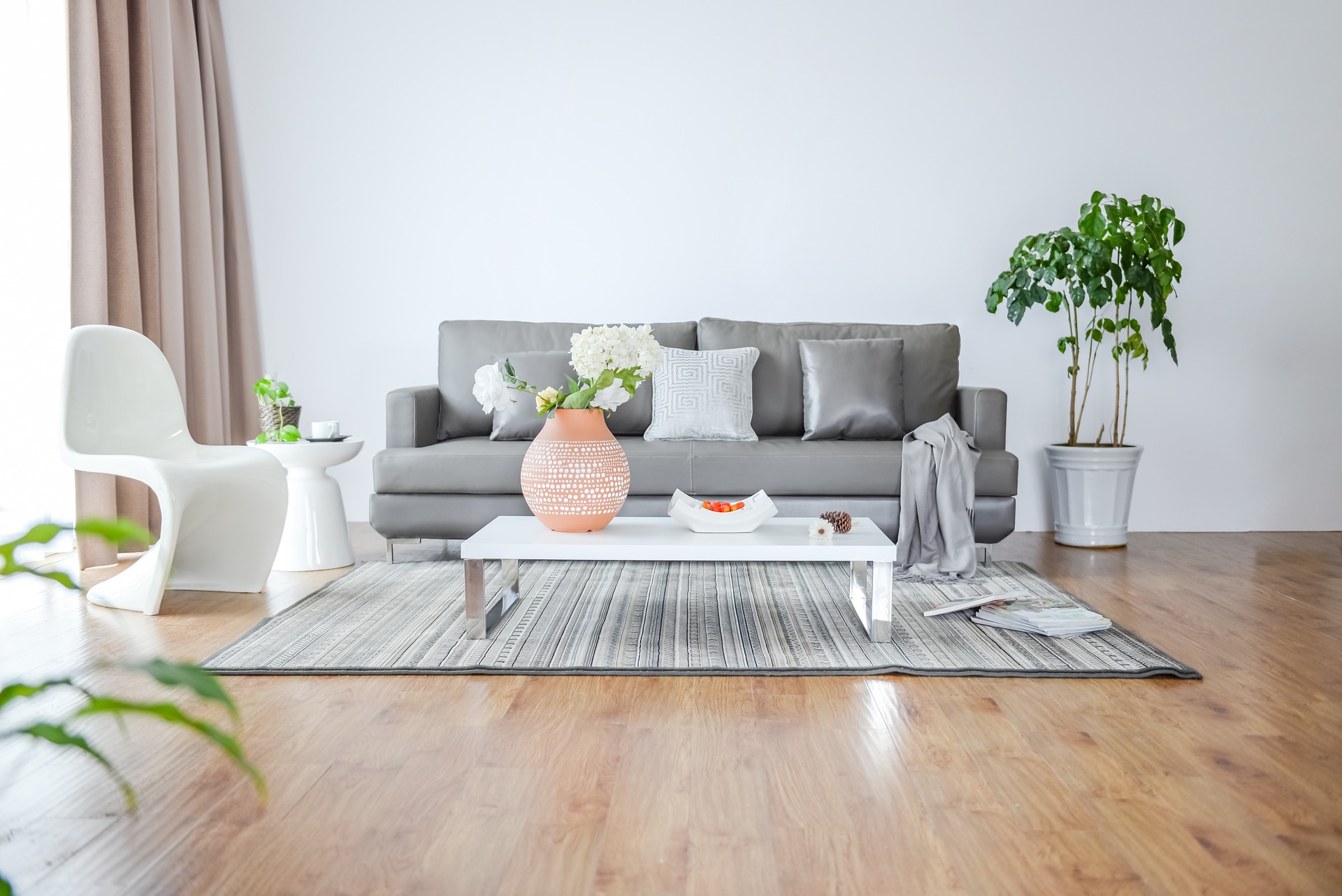Exploring Minimalist Interior Design: Less is More
In today's fast-paced world, minimalist interior design has gained popularity for its simplicity and functionality. Embracing this aesthetic isn't just about decluttering; it's a lifestyle choice that promotes tranquility and efficiency in your living spaces. Read below for a deep dive into the art of minimalist interior design.
Creating a Tranquil Space
Minimalist interior design revolves around creating serene and uncluttered spaces that promote peace and focus. Start by decluttering each room, removing unnecessary items, and focusing on clean lines and a neutral color palette. Furniture should be functional yet elegant, serving a purpose without overwhelming the space.
Embracing Natural Light and Airiness
One hallmark of minimalist design is the emphasis on natural light and airiness. Maximize sunlight by opting for sheer curtains or no curtains at all. Keep windows clean and unobstructed to allow light to flood the room, enhancing the feeling of spaciousness. Mirrors strategically placed can also reflect light and create an illusion of more space.
Furniture and Decor: Quality Over Quantity
When selecting furniture and decor items, opt for quality pieces that serve multiple functions. Minimalist design favors sleek, simple furniture with clean lines and a timeless appeal. Choose a few statement pieces rather than filling the room with numerous items. Incorporate natural materials like wood and stone to add warmth and texture to the space.
Organization and Storage Solutions
Effective organization is key to maintaining a minimalist home. Invest in storage solutions that are both functional and aesthetically pleasing, such as built-in shelving or multifunctional furniture with hidden storage compartments. Keep surfaces clear of clutter by finding homes for items that are not in daily use.
Mindful Consumption and Sustainability
Minimalism encourages mindful consumption and sustainability. By reducing unnecessary purchases and focusing on quality items that last, you can minimize waste and environmental impact. Choose eco-friendly materials and products when possible, supporting brands that prioritize sustainability in their manufacturing processes.
Useful Tips and Facts:
- Color Palette: Stick to a neutral color palette with accents of a single contrasting color for visual interest.
- Textures: Incorporate textures like wool, linen, or bamboo to add depth without clutter.
- Plants: Introduce a few carefully chosen plants for a touch of nature and improved indoor air quality.
- Artwork: Select a few meaningful pieces of artwork or photographs to personalize your space without overwhelming it.
- Maintenance: Regularly declutter and reevaluate your space to ensure it stays true to minimalist principles.
Conclusion
Minimalist interior design is more than just a trend; it’s a philosophy that promotes a balanced and harmonious living environment. By embracing simplicity and functionality, you can create a home that fosters peace, productivity, and aesthetic appeal. Whether you’re starting from scratch or transforming an existing space, incorporating minimalist principles can elevate your home to a new level of sophistication and tranquility.





